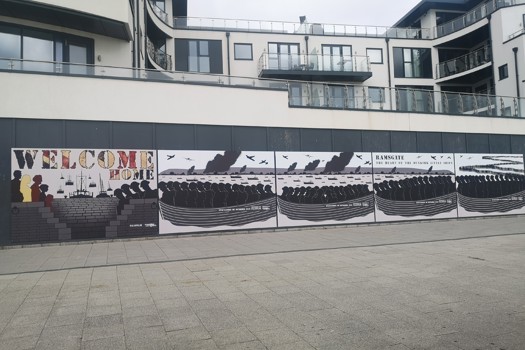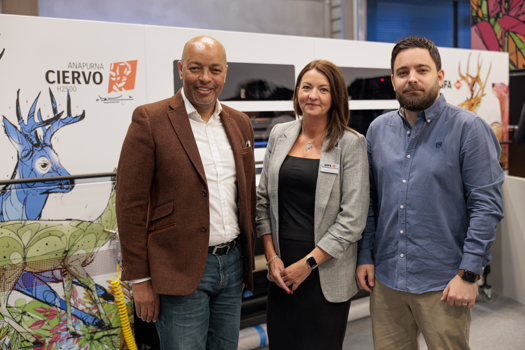Greg Balch, vice president and general manager of Fujifilm Integrated Inkjet Solutions, said that Fujifilm’s integration business had grown rapidly in the US over the past five years, and the Unigraphica purchase would help accelerate growth in Europe.
The deal completed yesterday (30 June).
“They bring a lot of complementary technology to this partnership, specifically around their transport knowledge with web-to-web, sheet-to-sheet and web-to-sheet capabilities as well as finishing functions where they have more experience than we have traditionally had,” he explained.
Balch said the Fujifilm ownership would also boost Unigraphica’s standing in some key markets.
“We think in the security printing market, where Unigraphica is strong today in Europe, we add useful Fujifilm technology, a bigger resource pool and the stability that can really help us grow that market – not only in Europe but also to take those learnings and that expertise and bring it over to North America.”
The core Integrated Inkjet Solutions team of specialists can also draw on expertise and resources from the wider Fujifilm business in areas such as printheads and inks, as necessary based on the bespoke projects it works on.
Balch said that there was currently strong demand for high-speed inkjet solutions in applications such as corrugated packaging, “while not sacrificing quality”.
There’s a lot of interest for process colour printing, especially in industries where maybe monochrome has been the standard, and a lot of curiosity around moving that to full colour,” he noted.
“We’re excited about our Samba technology and the 42K product that we have – we’ve proven we can run at very high speeds, we’ve gone 600 metres a minute providing pretty high resolution and that’s one example of something that excites the packaging industry.”
The 600m/min solution operates at 1,200dpi x 300dpi, which is achieved by using a dual row of printheads, each of which is producing 150dpi in the process direction to create the 300dpi resolution.
Unigraphica, now Fujifilm Unigraphica, had previously worked with a number of partners, including rival Kodak.
Balch said it was too early to say whether that partnership would continue.
“We need to evaluate everything and then decide on the exact strategies moving forward,” he said.
“I can say that our strategy is to sell Fujifilm technology. We’re looking to pull together Fujifilm technology as much as possible, although there could be times when we have to reach outside of Fujifilm if we don’t have the right thing. But our goal and mission is to collaborate across Fujifilm and utilise Fujifilm equipment, because we think we have the best-in-class equipment and technology.”
While much of the operation's work involves confidential, bespoke projects, Balch said that recent successes had involved direct mail, transactional and promotional printing.
Fujifilm’s is investing heavily in inkjet to accelerate business growth, and plans to build “a global manufacturing structure that satisfies the needs of the inkjet market”.










